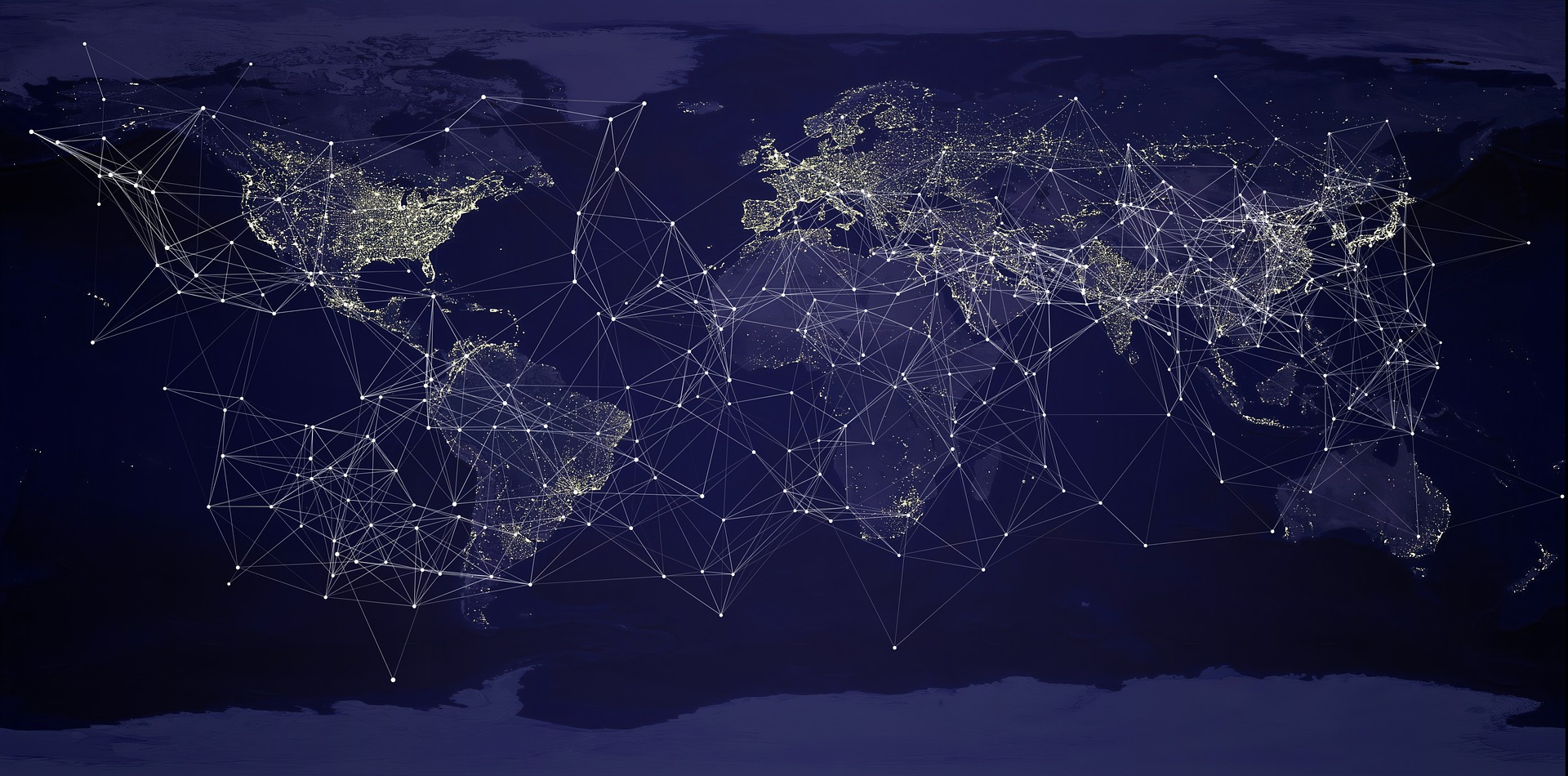
Read the original article on Medium.com
From Washington D.C., to the coast of California, “Smart City” is, and was, perhaps 2018’s most prominent buzzword, aside from “5G”, circulating nearly all tech, economic, and broadband related conferences and forums. While the exact definition of what really is a “Smart City” varies by person and party, the concept itself is based on the integration of Information and Communication Technologies (ICT) and the Internet of things or (IoT), to optimize city-wide operations, services, and ultimately connect to citizens.
While some of the general public still think of this concept as far off, the reality is that “Smart Cities” have already began materializing across the country. Thus, this glorified digital future is here, and guess what America, we’re not ready.
Why Not?
Well, it’s simple really. Cities and its citizens can have all the ICT or IoT devices they want, but in order to make a city smart, these systems and gadgets have to physically work. That’s where connectivity comes into play. To fuel a Smart City, you need to have broadband Internet access with enough bandwidth to support electronic data collection and transfers. According to the Federal Communications Commission’s (FCC) 2018 Broadband Deployment Report, upwards of 24 million Americans still lack access to high speed broadband. Furthermore, the report states that approximately 14 million rural Americans and 1.2 million Americans living on Tribal lands still lack mobile LTE broadband at speeds of 10 Mbps/3 Mbps. Finally, only 88% of American schools were reported to meet the FCC’s short-term connectivity goal of 100 Mbps per 1,000 users, and only 22% of school districts met its long-term connectivity goal of 1 Gbps per 1,000 users.
On December 4th, the New York Times released an article titled, “Digital Divide Is Wider Than We Think, Study Says” that refuted the FCC’s published report. Based on a study conducted by Microsoft, the article summarizes that researchers concluded “162.8 million people do not use the internet at broadband speeds… In Ferry County, for example, Microsoft estimates that only 2 percent of people use broadband service, versus the 100 percent the federal government says have access to the service.”
So, regardless of which multi-million statistic we conclude is more legitimate, while many metro areas may have the bandwidth needed to at least partially move forward into the next digital revolution, there are still millions of Americans who would, as it stands, be left behind. This reality, coined the digital divide, is the ultimate Smart City roadblock.
Why being hyper fiber-minded is our fatal flaw:
States and communities across the country advocate that pervasive fiber network expansion is the solution to closing the divide. And yes, fiber networks can be great. The reality is, however, that building out fiber infrastructure to every location in America is time-consuming, tedious, and prohibitively expensive. Therefore, deploying fiber does not make economic sense in many rural and urban areas of the country. The Google Fiber project serves as a prime example of this.
To summarize, Google officially launched its Google Fiber project in 2010 with more than 1,100 cities applying to be the “First Fiber City.” By 2011, Google announced it selected Kansas City, Kansas as its target pilot. Fast-forward to 2014, and Google missed its projected city-wide connection deadline in Kansas claiming delays. By 2016, Google publicly commented that all-fiber build outs are proving infeasible due to costs and varying restrictive topologies, consequently filing with the FCC to begin testing wireless broadband internet in 24 cities. Within a few months, they officially acquired a wireless broadband provider and formally announced fixed wireless as part of their Google Fiber network moving forward.
All in all, this case study demonstrates first-hand that to actually close the U.S. digital divide our country must adapt a technology-agnostic mind-set and implement a hybrid-network approach that utilizes whatever technology or technologies makes the most sense for a particular region. Technologies like Fixed Wireless, TV Whitespace, 4G, and Fixed 5G, all have their place, alongside Fiber, in closing the divide. Unfortunately, until those in positions of influence are able to open their minds to these alternative methods, America will remain unconnected.
Who are people in positions of influence?
Luckily, our current FCC administration seems at least semi-understanding that fiber isn’t a “one-size fits all solution”; demonstrated in the recent distribution of funding to WISPs in the CAF II Auction. However, many state and local governments remain less progressive. At a recent California Emerging Technology Fund (CETF) meeting in Sacramento, for example, a large majority of key broadband stakeholders and municipalities advocated that the California Department of Transportation’s (CALTRANS) future infrastructure plans should be wholly fiber-based to support the future of Smart Cities and Autonomous Cars. Whether it be from a lack of education, poor past experiences, or simply riding the buzzword bandwagon, until government organizations can push past common misconceptions that fiber is the only answer, community businesses and residents will be left in the divide.
So, what’s the “Smart” thing to do now?
For those cities in America already connected with reliable multi-gig Internet, go ahead, smart things up! Just keep in mind, to remain a Smart City, even fiber-rich metros will eventually need to extend current network infrastructure to new end points such as light poles, unconnected buildings, and future city expansions.
Ultimately, if we want to collectively prepare for this new revolution, we need to first focus on closing the digital divide. First comes broadband, then comes innovation, then comes the utopian idea of not only Smart Cities, but a smart country.

Related Suggested Articles:
Five Crucial Steps Needed To Close The U.S. Digital Divide
Grow Food, Grow Jobs: How Broadband Can Boost Farming in California’s Central Valley
Digital Divide Is Wider Than We Think, Study Says
How Community Anchor Institutions Can Help Close the Digital Divide
